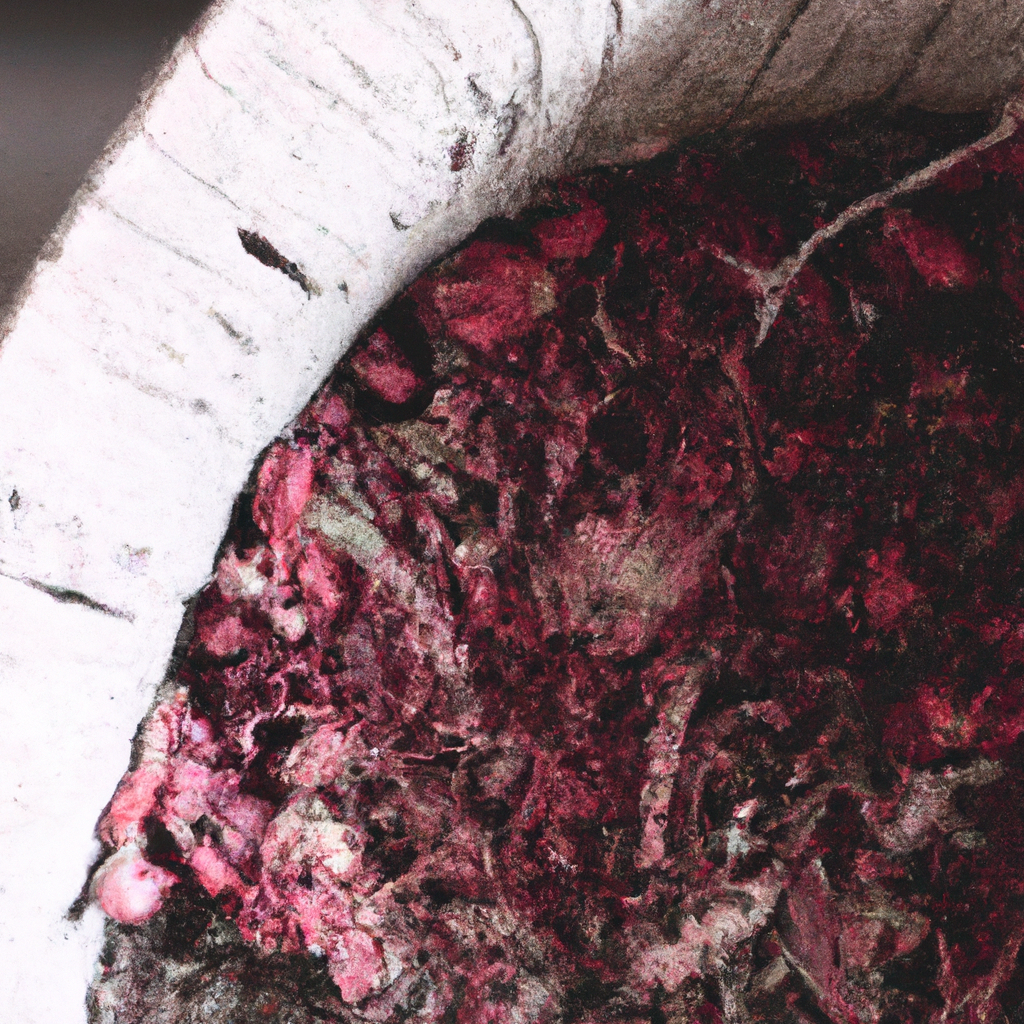Natural dye extraction from plants is an age-old practice that has been used for centuries to color textiles, yarns, and fabrics. The use of plant-based dyes is becoming increasingly popular due to the growing demand for sustainable and eco-friendly dyeing techniques. Natural dyes are derived from a variety of plant sources, including leaves, flowers, barks, and roots, and can produce an array of beautiful colors. In this article, we will explore the techniques of natural dye extraction from plants, plant dye methods, and plant dye recipes.
Plant Pigments
Before delving into the techniques of natural dye extraction from plants, it is essential to understand plant pigments and how they contribute to the color of natural dyes. Plant pigments are natural colorants that are found in various parts of plants, including leaves, flowers, barks, and roots. The three main plant pigments that are responsible for the majority of natural dyes are anthocyanins, carotenoids, and chlorophyll.
Anthocyanins are water-soluble pigments that are found in red, blue, and purple fruits, vegetables, and flowers. Carotenoids are fat-soluble pigments that are found in yellow, orange, and red fruits and vegetables. Chlorophyll is a green pigment that is found in the leaves of plants and is responsible for photosynthesis. Understanding plant pigments is crucial in selecting the right plant source for natural dye extraction.
Techniques of Natural Dye Extraction from Plants
There are several techniques of natural dye extraction from plants, including hot extraction, cold extraction, fermentation extraction, and solar dyeing. The technique used depends on the plant source and the desired color. Here are some of the most common techniques used for natural dye extraction:
Hot Extraction
Hot extraction is a popular method used for extracting natural dyes from plant sources. In this method, the plant material is boiled in water for an extended period to extract the pigments. Once the pigments are extracted, the plant material is strained, and the liquid is used as a dye bath. This method is suitable for plants with hardy materials, including barks, roots, and berries.
Cold Extraction
Cold extraction is another method used to extract natural dyes from plant sources. In this method, the plant material is soaked in cold water for an extended period to extract the pigments. The liquid is then strained, and the plant material is discarded. This method is suitable for plants with delicate materials, including flowers and leaves.
Fermentation Extraction
Fermentation extraction is a traditional method used for extracting natural dyes from plant sources. In this method, the plant material is soaked in water and left to ferment for an extended period. The fermentation process breaks down the plant material, releasing the pigments. Once the pigments are extracted, the liquid is strained, and the plant material is discarded. This method is suitable for plants with hardy materials.
Solar Dyeing
Solar dyeing is a modern method used for extracting natural dyes from plant sources. In this method, the plant material is placed in a jar with water and left to sit in the sun for an extended period. The heat from the sun extracts the pigments from the plant material. Once the pigments are extracted, the liquid is strained, and the plant material is discarded. This method is suitable for plants with delicate materials.
Plant Dye Recipes
Here are some plant dye recipes that you can try at home:
Yellow Dye: Boil marigold flowers in water for 30 minutes and strain.
Red Dye: Boil chopped beets in water for 30 minutes and strain.
Blue Dye: Soak dried indigo leaves in water overnight and strain.
Green Dye: Boil spinach in water for 30 minutes and strain.
Conclusion
In conclusion, natural dye extraction from plants is a sustainable and eco-friendly dyeing technique that is growing in popularity. The techniques of natural dye extraction include hot extraction, cold extraction, fermentation extraction, and solar dyeing. Understanding plant pigments is crucial in selecting the right plant source for natural dye extraction. With the plant dye recipes provided, you can try your hand at natural dyeing and create beautiful, sustainable, and eco-friendly dyes.







